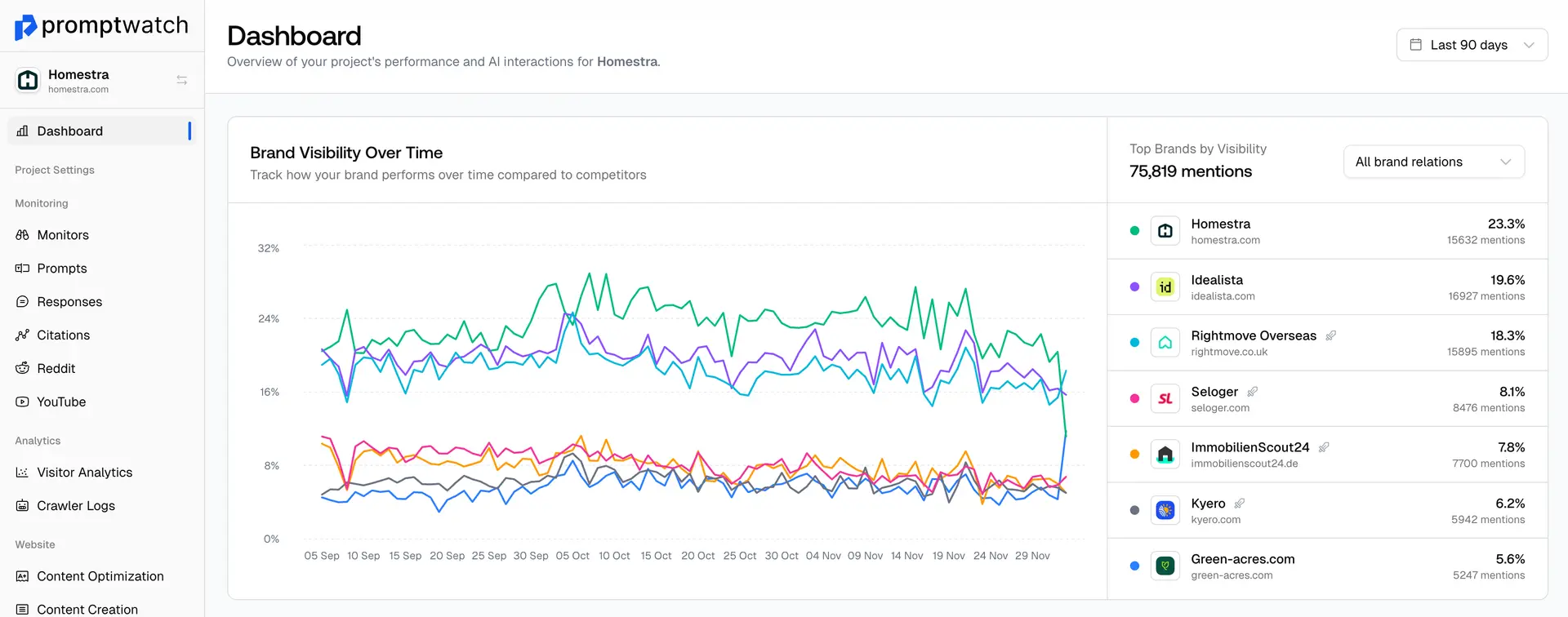Definition
LLM Content Optimization refers to the specialized techniques and strategies used to optimize content specifically for large language models (LLMs) like GPT, Claude, and Gemini, with the goal of improving the likelihood that these models will cite, reference, or recommend the content when generating responses to user queries.
This optimization approach focuses on understanding how LLMs process and evaluate content during both training and inference phases. Unlike traditional SEO which targets search engine crawlers, LLM optimization targets the neural networks and algorithms that power AI language models, requiring different approaches to content structure, quality signals, and authority indicators.
Key LLM optimization techniques include creating content with clear semantic structure and logical flow, implementing comprehensive topic coverage to demonstrate expertise, using natural language patterns that align with LLM training data, including factual accuracy and verifiable information that models can trust, adding citation-worthy elements like statistics, expert quotes, and research data, maintaining content freshness and relevance for model updates, and optimizing for question-answer formats that match common query patterns.
LLM content optimization also involves understanding token efficiency and context windows. Content should be structured to convey maximum value within typical model processing limits, with key information presented early and clearly. This includes optimizing sentence structure, paragraph length, and information density.
Successful LLM optimization requires knowledge of how different models prioritize and weight various content signals. For example, some models heavily weight academic citations, while others prioritize practical, actionable information. Understanding these preferences helps tailor content for specific LLM platforms.
The goal of LLM content optimization is not just visibility, but accurate representation. Well-optimized content ensures that when LLMs reference your information, they present it correctly and in appropriate contexts, maintaining brand integrity and expertise positioning.
Examples of LLM Content Optimization
- A research institution optimizing their papers with clear abstracts and statistical summaries for better LLM citation
- A business consulting firm restructuring their case studies with question-answer formats optimized for LLM processing
- A technology company creating comprehensive guides with semantic markup and structured data for improved LLM understanding
